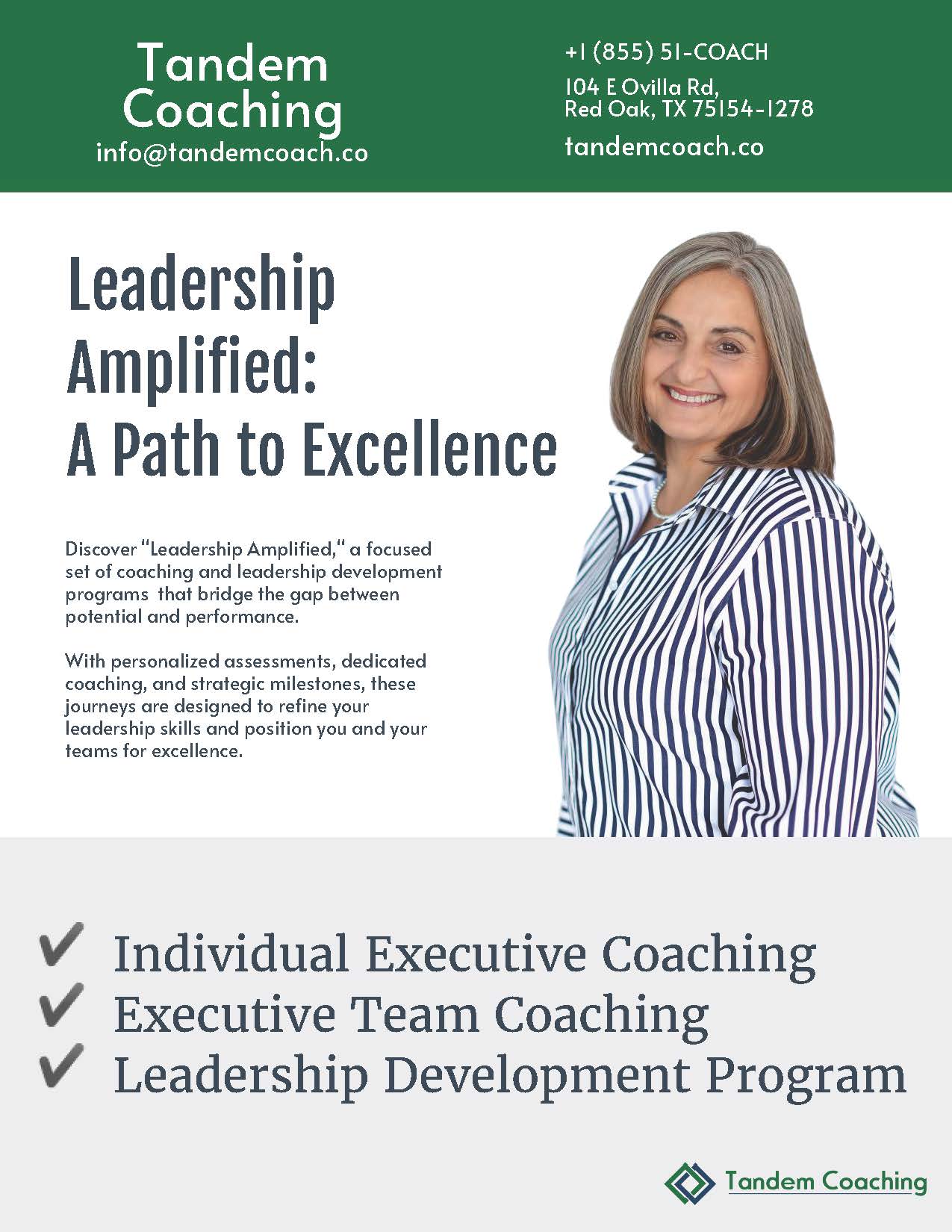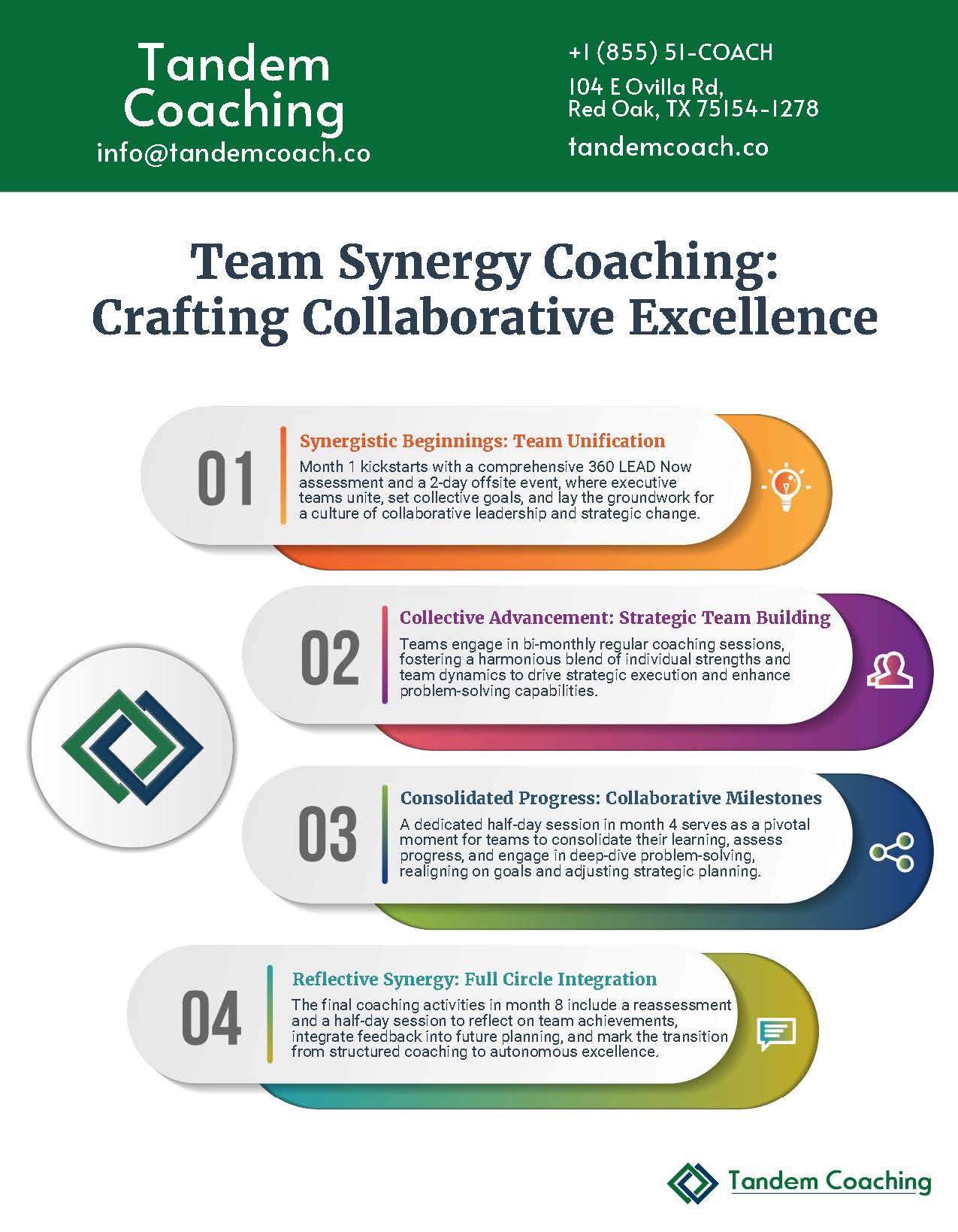In a study by Gartner, 60% of HR leaders named leader and manager effectiveness as a top priority. 24% felt that their current leadership development approach did not prepare future leaders for the future of work. The study highlights the importance of leadership and talent development in today’s competitive landscape. A comprehensive guide to developing a leadership plan is essential for organizations aiming to nurture leadership talent that aligns with their long-term vision.
This article offers insights into developing an effective and impactful leadership development strategy. Drawing on years of experience, we share best practices, a framework, and essential elements that enhance leadership skills and promote continuous growth. Leveraging resources from institutions like the Harvard Business School, Center for Creative Leadership as well as the wealth of our own, can provide a clear framework to ensure that leadership competencies are both comprehensive and forward-looking.
TL;DR – Best Practices in Leadership Development
Here’s a quick overview of best practices in leadership development. See below for more details:
- Identify Leadership Needs: Understand your organization’s leadership requirements and align them with business goals.
- Develop a Leadership Competency Framework: Define the key competencies and leadership behaviors influential organizational leaders should exhibit.
- Implement Diverse Training Programs: To develop leadership skills, utilize a mix of formal training, experiential learning, and mentoring.
- Encourage Continuous Learning: Foster a culture that values ongoing development and learning.
- Evaluate and Iterate: Regularly assess the effectiveness of your leadership development methods and make necessary adjustments.
Ready to start working on your Leadership Development Strategy? Connect with us, and we will support you with every step of your leadership development strategy, from analysis to execution to evaluation of results.

What is a Leadership Development Plan?
Creating a solid leadership development plan means taking a structured approach to identifying, nurturing, and enhancing the leadership capabilities within your organization. It outlines specific strategies and actions designed to develop the skills and competencies of current and potential leaders. This plan also encompasses approaches to leadership development that address both immediate business needs and the evolving demands of the industry.
Creating a leadership development plan typically includes the following steps to ensure your leadership team is prepared for both current and future challenges:
- Assessment of Leadership Needs: Understanding your leaders’ current and future requirements.
- Identification of High-Potential Employees: Recognizing individuals in your organization who have the potential to take on leadership roles.
- Developmental Opportunities: Providing targeted training, mentoring, and experiential learning opportunities for those potential leaders.
- Performance Metrics: Establishing metrics to evaluate the effectiveness of leadership development techniques.
Leadership Development Strategy Example
Let’s imagine a mid-sized tech company aiming to scale its operations and improve its overall leadership. For such companies, creating leadership development programs that include formal leadership development training and personalized development solutions can make a significant impact on their progress in leadership.
In this setting, a successful and effective leadership development program will include:
- Identify Leadership Needs:
- Conduct a leadership needs analysis to identify skill needs and inform your talent development strategy. Incorporating a leadership vision that aligns with the company’s critical leadership goals will ensure that the strategy remains focused on long-term success.
- Align leadership development goals with business objectives.
- Competency Framework Development:
- Define essential leadership competencies such as strategic thinking, emotional intelligence, and change management, ensuring alignment with the overall business strategy. This competency model should also prepare current and future leaders to meet the challenges of a rapidly changing business environment.
- Training and Development Programs:
- Implement a mix of workshops, e-learning courses, and on-the-job training to foster different leadership styles. Formal leadership development programs can be enhanced by integrating leadership content from renowned institutions such as Harvard Business School, which offers valuable insights into developing certain leadership capabilities.
- Introduce leadership rotations and cross-functional projects to broaden experience.
- Mentoring and Coaching:
- Pair emerging leaders with experienced mentors.
- Provide executive coaching for senior leaders.
- Evaluation and Feedback:
- Use 360-degree feedback tools.
- Measure progress against predefined KPIs to evaluate the business impact and success of the leadership development initiatives. As progress in leadership is tracked, it is vital to ensure that the development comes with measurable improvements in both leadership positions and overall organizational performance.

What Makes a Successful Leadership Development Program?
A successful leadership development program prepares leaders at all levels for the future. As a study by the World Economic Forum points out, we all need to become lifelong learners since leadership skill gaps may significantly delay an organization’s growth and transformation.
To prevent this, create a leadership development program that is characterized by:
- Alignment with Organizational Goals: Ensuring the program supports the business’s strategic objectives.
- Comprehensive Competency Framework: Clearly defining the skills and behaviors required for effective leadership.
- Diverse Learning Opportunities: Combining formal education, experiential learning, and mentoring.
- Supportive Culture: Fostering an environment that encourages continuous learning and development.
- Regular Evaluation: Continuously assess and refine the program based on feedback and performance metrics.
Successful strategies should also include leadership development resources that provide ongoing support and tools for continuous improvement. We are here to help you make your leaders future-ready by developing their leadership and communication skills. Just reach out.

Leadership Development Strategy Framework Overview
A robust leadership development strategy framework includes:- Vision and Objectives: Establish the vision and objectives for leadership development in alignment with your company’s strategic goals.
- Competency Model: Develop a competency model that outlines the necessary skills, behaviors, and attitudes for effective leadership.
- Development Pathways: Create multiple pathways for development, including formal training, on-the-job experiences, and mentoring.
- Continuous Improvement: Regularly review and refine the strategy based on feedback and changing organizational needs.
- Measurement and Evaluation: Implement metrics to assess the effectiveness of the leadership development action plan.

Key Components of Leadership Strategy Development
Let’s take a deeper dive into the various elements of a leadership development strategy:1. Vision and Objectives
The first step in creating successful leadership development strategies is to articulate a clear vision and set specific objectives. This vision should reflect your organization’s long-term goals and effective leadership’s role in achieving them.Ensure your objectives are measurable and aligned with business outcomes, such as improving employee engagement, increasing productivity, or enhancing innovation.2. Leadership Competencies Model
Before starting with the actual skills development, you want to identify the skills and behaviors leaders need to succeed. Those insights build the basis for your competency model, ensuring your development strategy meets the organization’s unique needs and fits into the industry context. You might want to include competencies like strategic thinking, communication skills, emotional intelligence, decision-making, and change management. The competency model serves as a foundation for all development activities, ensuring that training and experiences are targeted and relevant.3. Development Pathways
We need to create a variety of development pathways to accommodate different learning styles and career stages.These pathways might include:- Mentoring and Coaching: Relationships with experienced mentors and coaches who can provide guidance, support, and feedback.
- Mastermind Groups: Peer-to-peer groups where leaders support and learn from each other by pooling their knowledge and resources.
- Experiential Learning: On-the-job experiences, such as leadership rotations, special projects, and cross-functional assignments, allow leaders to apply their skills in real-world contexts.
- Training: Workshops, seminars, and online courses that provide foundational knowledge and skills.
4. Measurement and Evaluation
How do you know your leadership development methods are effective, address leadership gaps, and deliver the desired outcomes? That’s where measurement and evaluation come in.You might choose key performance indicators (KPIs) such as employee engagement scores, retention rates, productivity metrics, and the success of strategic initiatives led by developed leaders.Tools like 360-degree feedback, employee surveys, and performance reviews can provide valuable insights into the impact of leadership development efforts.5. Continuous Improvement
An effective leadership development strategy is dynamic; it evolves based on feedback and changing organizational needs, creating a culture of learning and continuous improvement.Regularly reviewing the strategy and incorporating participant, manager, and stakeholder input helps ensure it remains relevant and effective. This continuous improvement approach fosters a culture of learning and adaptation, which is essential for long-term success.
Frequently Asked Questions (FAQs)
Here are some common questions about leadership development strategies:
What are the 4 Phases of Leadership Development?
Leadership development at Tandem Coaching is a journey that can be broken down into four distinct phases:
- Foundational Insights – Unveiling Potential: In the first month, we assess the individuals’ strengths, weaknesses, and leadership capabilities, laying the groundwork for personalized development training and team cohesion.
- Strategic Evolution – Cultivating Leadership: In this phase, identified leaders begin their formal development journey. Through coaching and mastermind sessions, the aim is to cultivate essential leadership skills and prepare individuals for higher responsibilities.
- Reflective Mastery – Sharpening Acumen: Reflective mastery helps leaders develop a deeper understanding of their own leadership style and how to adapt it to different situations.
- Leadership Apex – Celebrating Achievement: The final phase involves recognizing and celebrating the achievements of developed leaders in a graduation event, encouraging them to plan their next steps and continue their leadership journey.
How Can Leadership Development Strategy Impact Organizational Culture?
A well-implemented strategic leadership development plan can profoundly impact organizational culture in several ways:
- Promotes a Learning Culture: The strategy fosters a company culture that values learning and personal growth by emphasizing continuous development and improvement. This focus on personal development helps employees understand the significance of their roles within the broader organizational goals and creates a better environment for innovation. Employees feel that the organization is committed to their development, which can increase engagement and loyalty.
- Enhances Collaboration and Communication: As leaders develop better communication, soft skills, and interpersonal skills, these improvements permeate the organization, leading to more effective collaboration and teamwork. A culture of open communication and mutual respect is often the result.
- Drives Innovation: Leadership training and development encourages strategic thinking and innovation. Senior business leaders trained to think critically and embrace change can drive innovation, creating an agile and adaptable culture. Such leaders are better positioned to guide the company through cultural and business needs, ensuring the success of the business in a competitive landscape.
- Strengthens Organizational Values: A robust leadership development strategy reinforces the organization’s core values and ethical standards. Leaders who exemplify these values set the tone for the rest of the organization, fostering a culture of integrity and accountability.
At Tandem Coaching, we work with leaders to enhance your organizational culture and make it more resilient. Contact us to find out how.
What Role Does Mentorship Play in Leadership Development Strategy?
Mentorship plays a pivotal role in a successful leadership development strategy, guiding future leadership and developing leaders within the organization.
It offers numerous benefits that enhance the overall development experience:
- Personalized Guidance: Mentors provide tailored advice and feedback based on their own experiences. This personalized guidance helps mentees navigate challenges, address skill gaps, and capitalize on opportunities more effectively.
- Skill Development: Mentorship allows emerging leaders to develop specific skills through direct interaction with seasoned leaders. Mentors can offer insights into practical aspects of leadership that are not always covered in formal training programs.
- Confidence Building: Regular support and encouragement from a mentor can significantly boost a mentee’s confidence. This confidence is essential for taking on new responsibilities and challenges.
- Networking Opportunities: Mentors can introduce mentees to their professional networks, expanding their opportunities for growth and advancement. Networking is crucial for career development and can open doors to new possibilities.
- Long-Term Success: Effective mentorship creates a lasting impact on mentees, helping them achieve long-term success in their careers. A well-structured leadership plan, supported by mentorship and leadership development resources, can also help create a better pathway for future leaders, fostering a sustainable leadership pipeline. The lessons learned and relationships built through mentorship often continue to benefit leaders throughout their professional lives.
Conclusion – How to Create the Best Leadership Development Plan
As outlined above, creating a successful leadership development strategy requires a holistic approach that integrates assessment, planning, training, and evaluation. Organizations can cultivate senior leadership who drive performance and foster growth by aligning the strategy with organizational goals, defining clear competencies, offering diverse development opportunities, and continuously measuring and refining the approach. Investing in leadership development is not just about preparing for the future; it’s about enhancing the capabilities and potential of your workforce today, ensuring sustained success and aligning with the overall business strategy in a competitive business environment. Ultimately, the success of a leadership development strategy is measured not only by immediate outcomes but also by the framework it provides for ongoing leadership growth and adaptation.Reach out to us now and benefit from our expert guidance as you start your leadership development journey.


Boost Your Leadership Team Success!
Take your leadership team to the next level and achieve great results with our executive coaching.
Learn how our coaching and ASPIRE method can change things for you—get a free brochure to begin your journey.
About the Author
Cherie Silas, MCC
She has over 20 years of experience as a corporate leader and uses that background to partner with business executives and their leadership teams to identify and solve their most challenging people, process, and business problems in measurable ways.















